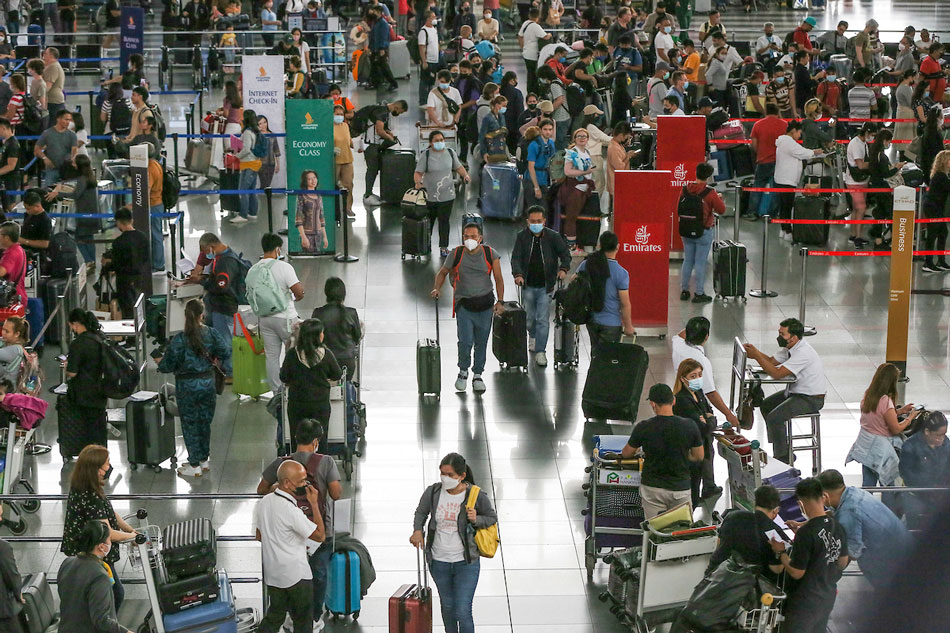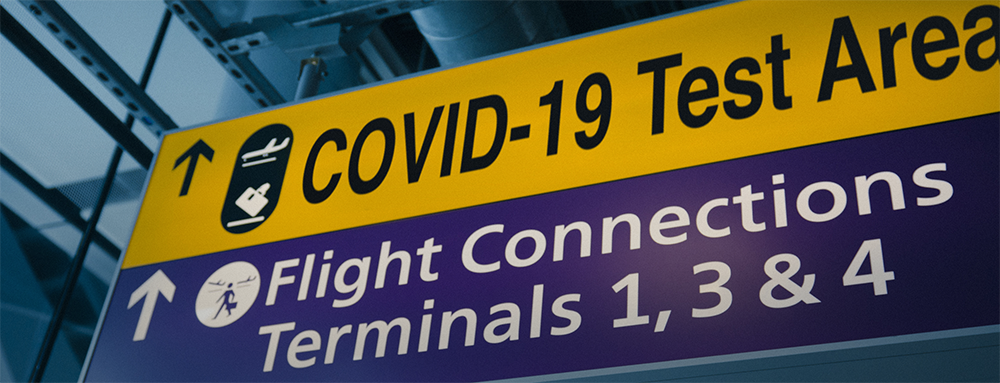Most tourists visiting the Philippines come from South Korea, followed by China, the United States, Japan, and Australia.

Introduction
Brief Overview of the Philippine Tourism Industry
The tourism industry is a vibrant sector in the Philippines, serving as one of the driving forces behind its economic growth. With over 7,000 islands featuring a mix of cultures, natural beauty, and historical sites, the Philippines is a compelling destination for travelers. In recent years, international tourist arrivals have seen significant growth, making tourism a multi-billion dollar industry for the country.
The Philippines offers a variety of attractions that cater to different kinds of tourists. From the powdery white beaches of Boracay to the historical walls of Intramuros in Manila, there’s something for everyone. The industry also plays a pivotal role in job creation and community development.
Top Countries Sending Tourists
South Korea
- Statistics and trends: In 2019, approximately 1.8 million tourists from South Korea visited the Philippines. The numbers have shown a consistent increase over the past decade, making South Koreans the top visitors to the country.
- Popular destinations for Korean tourists: Boracay, Cebu, and Manila are among the favorite destinations. Many also frequent diving spots in Palawan and adventure activities in Davao.
China
- Statistics and trends: Around 1.6 million Chinese tourists visited the Philippines in 2019. There has been a dramatic increase in Chinese visitors, likely due to relaxed visa regulations and increased direct flights.
- Popular destinations for Chinese tourists: Popular destinations include Boracay, Manila, and Cebu, as well as special-interest spots like casinos and shopping centers.
United States
- Statistics and trends: The U.S. accounted for around 1.1 million visitors in 2019. Despite being geographically distant, historical and familial ties make the Philippines a popular destination for Americans.
- Popular destinations for American tourists: Manila, for its historical sites like Intramuros, and Palawan, known for its stunning natural beauty, are among the top picks.
Japan
- Statistics and trends: Japan sent nearly 700,000 tourists to the Philippines in 2019. Although not as large in number as other countries, the steady flow of Japanese tourists has been consistent over the years.
- Popular destinations for Japanese tourists: Aside from the usual tourist spots like Boracay and Cebu, Japanese visitors also frequent Davao City and the mountainous regions of Luzon for outdoor activities.
Australia
- Statistics and trends: About 300,000 Australian tourists visited the Philippines in 2019. The numbers have been gradually increasing, aided by more direct flights and promotional campaigns.
- Popular destinations for Australian tourists: Australians generally prefer the beach and adventure activities, so spots like Palawan, Cebu, and Boracay are often on their itinerary.

Summary Table
| Country | Tourist Numbers (2019) | Popular Destinations |
|---|---|---|
| South Korea | 1,800,000 | Boracay, Cebu, Manila |
| China | 1,600,000 | Boracay, Manila, Cebu |
| United States | 1,100,000 | Manila, Palawan |
| Japan | 700,000 | Boracay, Cebu, Davao |
| Australia | 300,000 | Palawan, Cebu, Boracay |
Factors Influencing Tourist Origins
Geographical Proximity
One of the most obvious factors affecting the origins of tourists is geographical proximity. Countries like South Korea and China are close neighbors to the Philippines, making it convenient for travelers to visit. Flights are shorter, and ticket prices often become more affordable as a result. This ease of travel naturally boosts the number of tourists coming from these regions.
Cultural Ties
The cultural relationship between the Philippines and other countries plays a significant role in influencing tourism. For example, the United States and the Philippines share a long history, including several years of American colonization, which has resulted in a common language (English) and shared cultural elements. This cultural affinity encourages more American tourists to explore the Philippines. Similarly, a strong sense of regional community exists among Southeast Asian countries, fostering a level of comfort and familiarity that boosts tourism within the region.
Economic Factors
The economic condition of the source countries also heavily influences tourism. Wealthier nations, such as Australia and the United States, have a higher propensity for overseas travel, including to long-haul destinations like the Philippines. On the flip side, a strong Philippine economy also attracts business travelers and investors, particularly from nations like China and Japan, who come for both leisure and business.
Travel Agreements and Policies
Government policies, such as visa regulations, can either encourage or discourage tourism. For instance, the visa-free entry agreement between the Philippines and South Korea has led to a steady rise in Korean tourists. China’s tourism to the Philippines also saw an increase after the easing of visa policies. Initiatives like the ASEAN Tourism Agreement have also played a part in encouraging tourism from neighboring countries.
Each of these factors collaborates in a complex interplay to influence where the majority of tourists in the Philippines come from. Understanding these influences helps both policymakers and business stakeholders make more informed decisions regarding tourism infrastructure, marketing, and other essential aspects of this vital industry.
Popular Destinations in the Philippines
Beaches
When people think of the Philippines, the image that often comes to mind is that of pristine beaches with crystal-clear waters.
- Boracay: Known for its powdery white sand and vibrant nightlife, Boracay is a hotspot for both local and international tourists. It’s a hub for water activities like snorkeling, diving, and kite surfing. The island had to be temporarily closed for rehabilitation but has since reopened with stricter environmental policies.
- Palawan: Often featured in lists of the world’s best islands, Palawan offers a more tranquil experience. Locations like El Nido and Coron are famous for their stunning limestone cliffs, clear lagoons, and rich marine biodiversity. This is a must-visit for nature lovers and those who enjoy diving.
Cities
While beaches often steal the limelight, the cities in the Philippines have their own unique charm and attractions.
- Manila: The capital city is a bustling metropolis that serves as the political, economic, and cultural center of the country. Here, you can visit historical sites like Intramuros, go shopping in modern malls, or explore the vibrant street food scene.
- Cebu: Known as the “Queen City of the South,” Cebu is a blend of urban and provincial life. Apart from its historical sites like the Magellan’s Cross, Cebu is also a gateway to many beautiful beaches and adventure activities in the surrounding islands.
Historical Sites
The Philippines has a rich history, and this is well-reflected in its various historical landmarks.
- Intramuros: Located in Manila, this “walled city” dates back to the Spanish colonial period. With its cobblestone streets and old buildings, Intramuros offers a glimpse into the country’s past.
- Corregidor: An island located at the entrance of Manila Bay, Corregidor served as a military fortress during World War II. The island is now a historical monument, attracting visitors interested in military history.

Economic Impact
The tourism industry is not just about leisure and recreation; it’s a significant contributor to the Philippines’ economy. Here we delve into the various economic dimensions impacted by tourism.
Contribution to GDP
Tourism accounts for a substantial chunk of the Philippines’ Gross Domestic Product (GDP). According to data, the sector contributed around 12.7% to the country’s GDP in 2019. This includes direct contributions like revenue from tourist accommodations, recreational activities, and transportation, as well as indirect contributions like investment in infrastructure. The rise in tourist numbers has a multiplying effect on various sub-sectors of the economy, including hospitality, retail, and services.
Employment Opportunities
One of the most immediate impacts of a booming tourism sector is the creation of jobs. From hotel staff and tour guides to drivers and small business owners, tourism sustains a wide range of employment opportunities. In 2019, nearly 5.4 million people in the Philippines were employed in sectors directly related to tourism. This doesn’t even account for those indirectly employed, such as artisans producing local crafts or farmers supplying produce to hotels and restaurants.
Infrastructure Development
An often overlooked but crucial aspect of tourism’s economic impact is the improvement of local infrastructure. Airports, roads, and public transport facilities often see upgrades in tourist-heavy areas. For example, the renovation of the Mactan-Cebu International Airport has helped bolster tourism in Cebu and nearby islands. Local governments also invest in improving utilities, safety measures, and public spaces, enhancing the quality of life for residents as well.